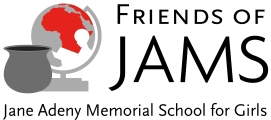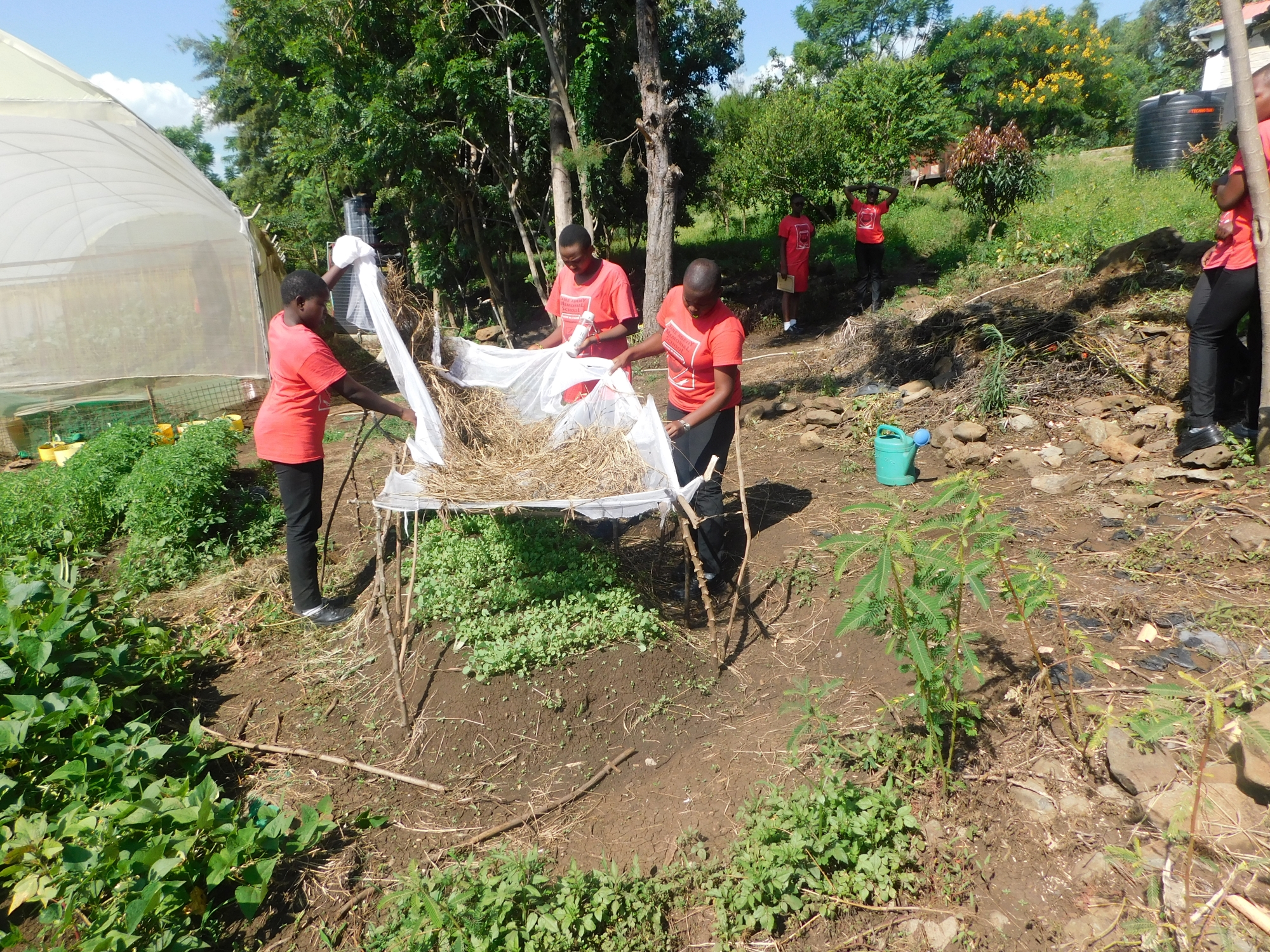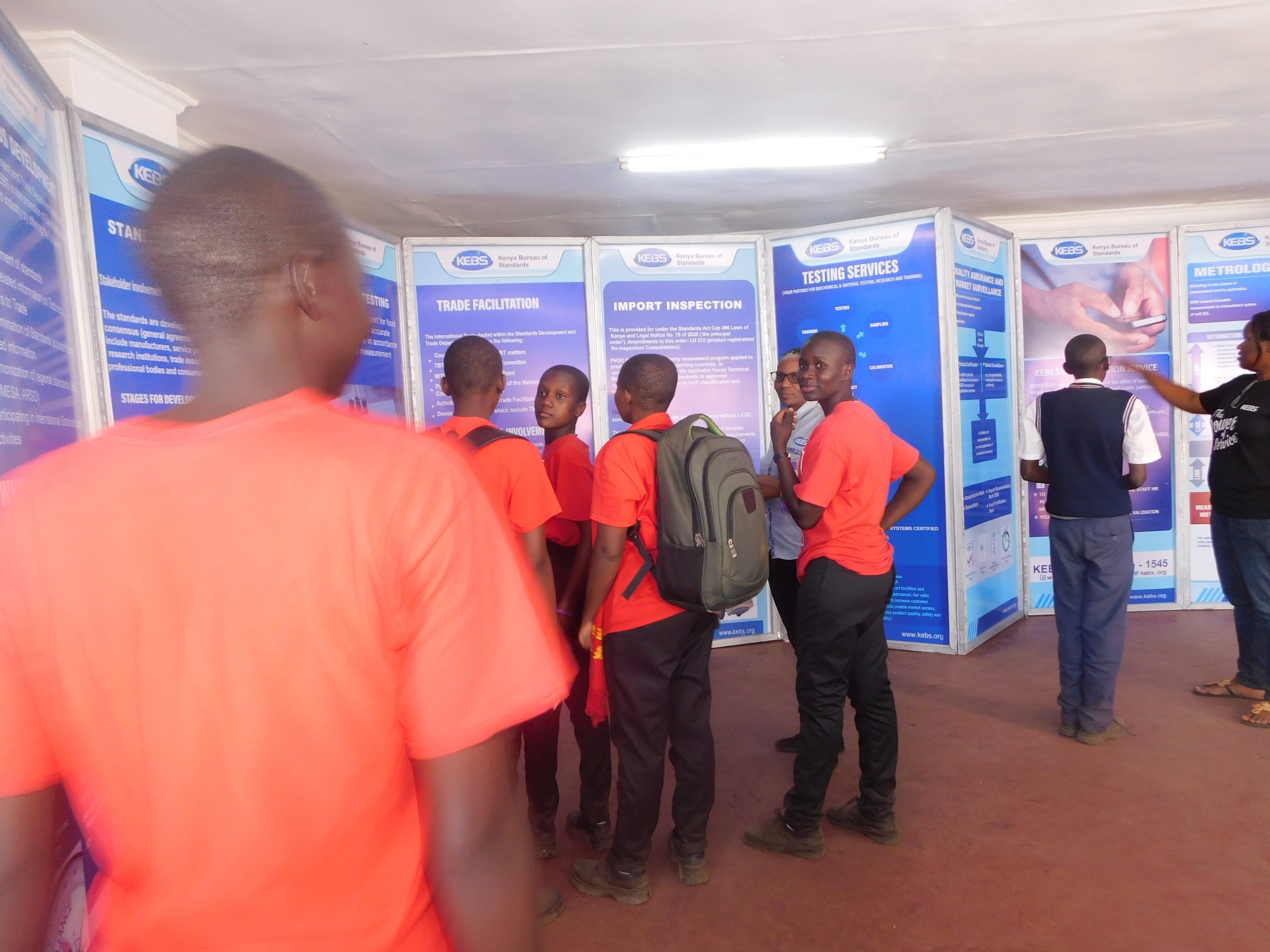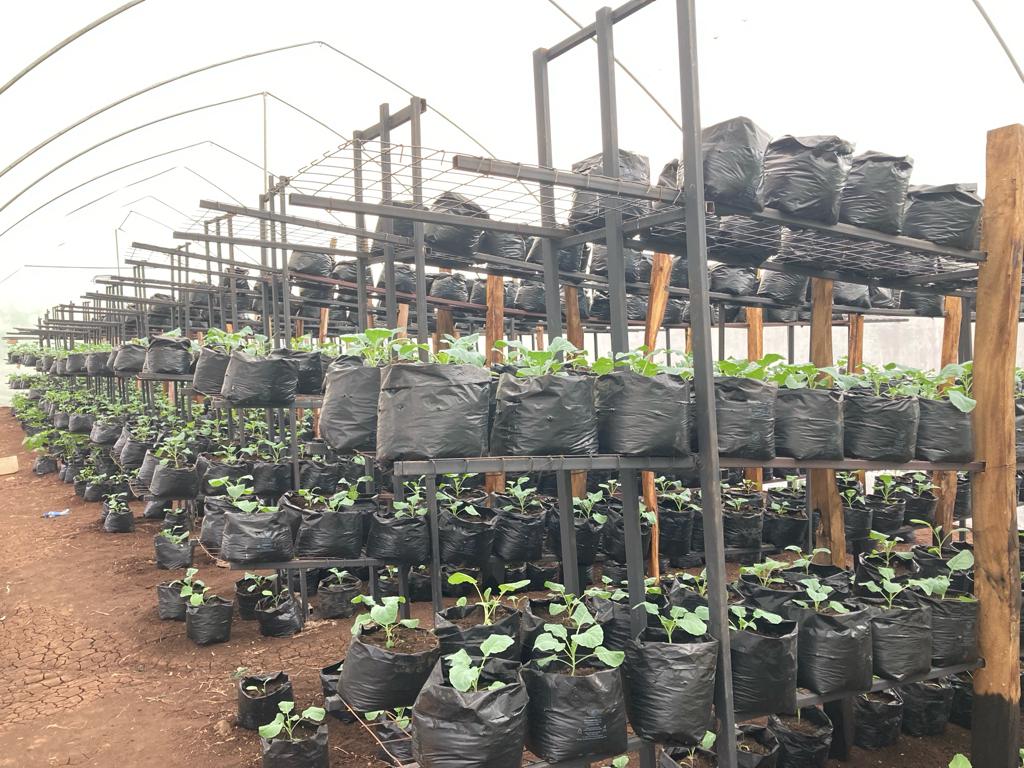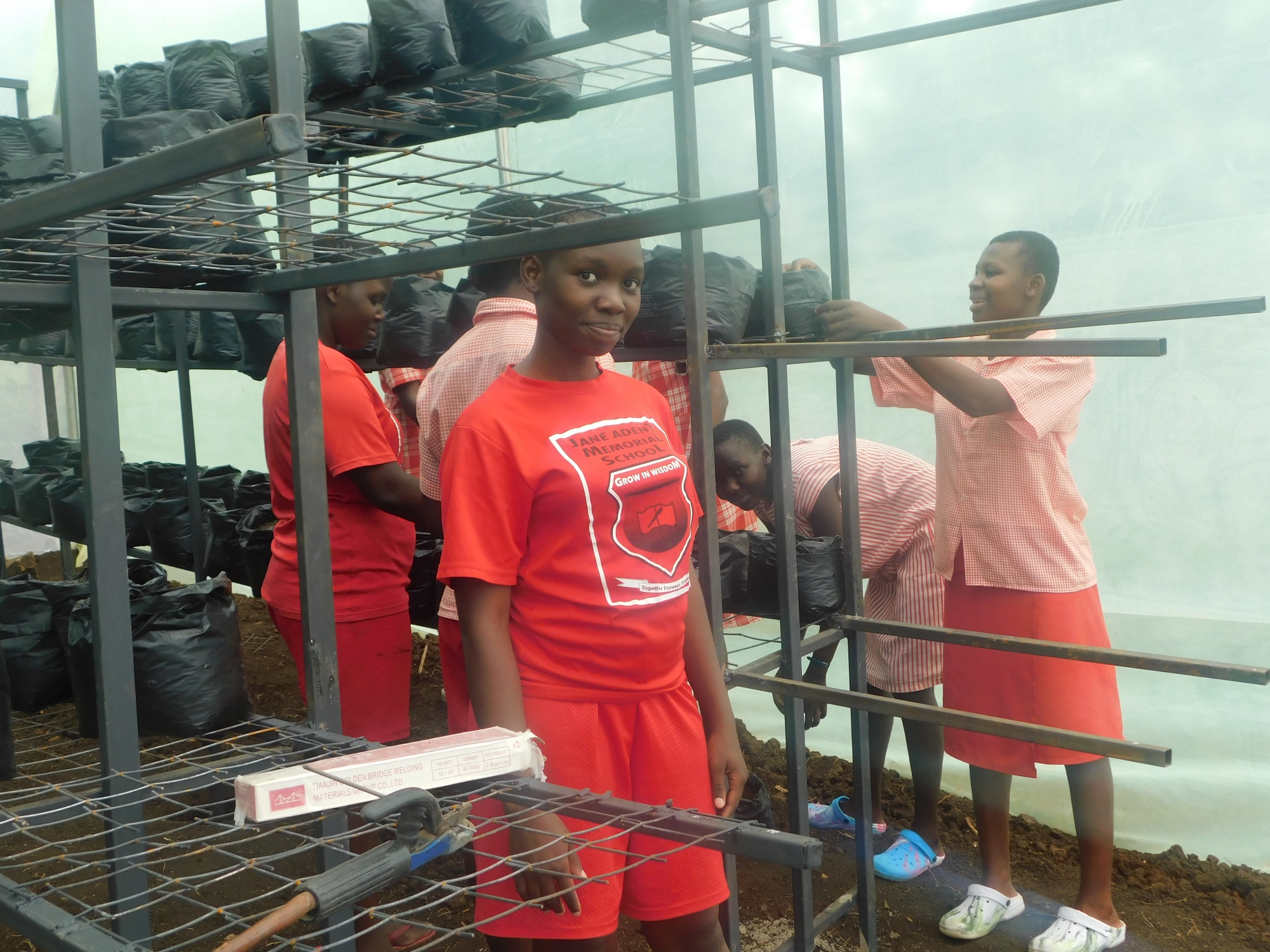
“We also enjoyed the construction of a new greenhouse which will be used in growing vegetables. The work was tiresome and much demanding that we almost gave up. The amazing thing is that our teachers helped us and we really enjoyed.” — Q, JAMS student, August 2023
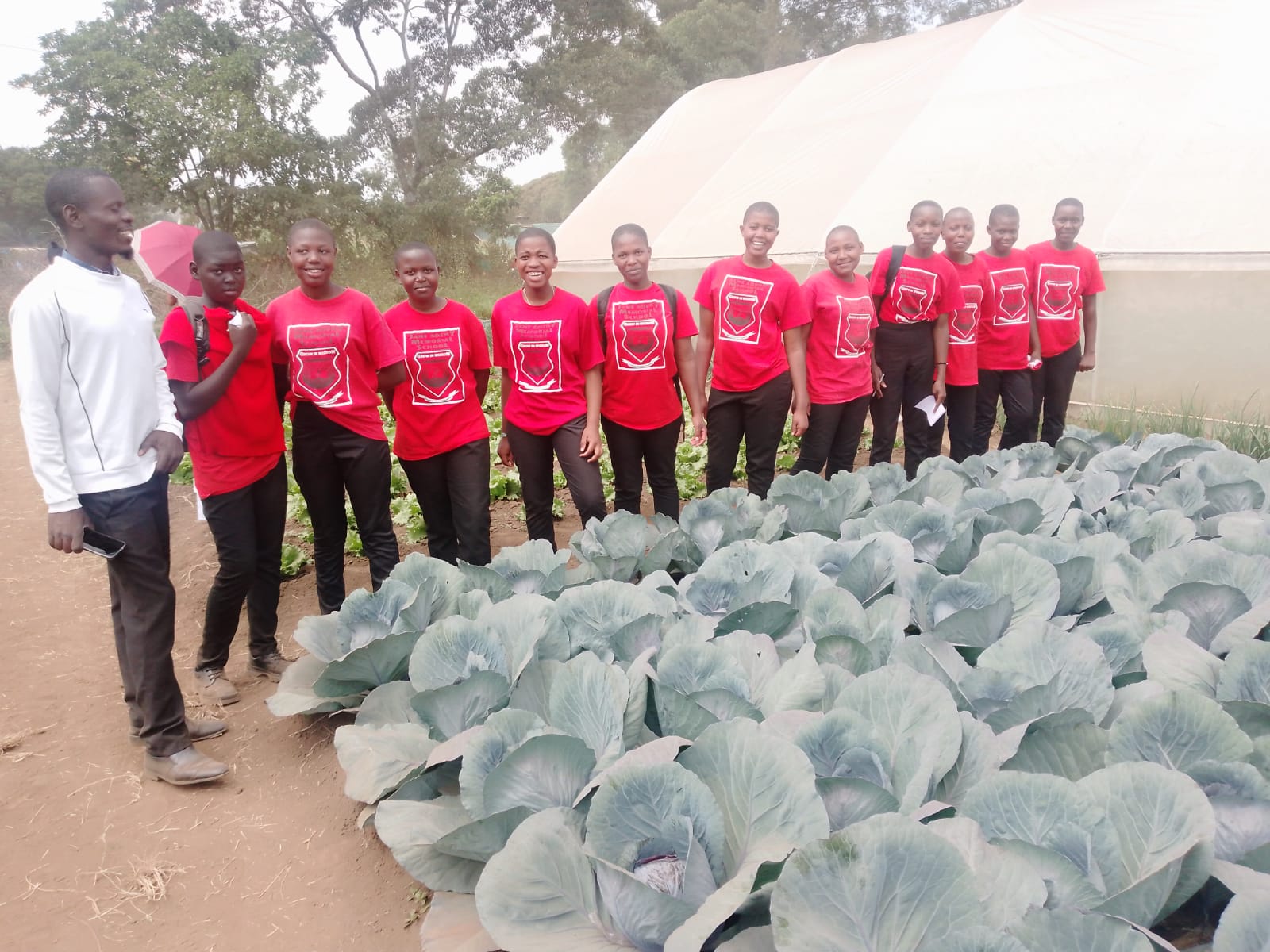
“We went to
[an agricultural show]. It was awesome—Imagine I was able to see different varieties of vegetables, I even saw a purple cabbage, wah! And do you know what purple is my favorite color, so I was like, What!!!” — J, JAMS student, August 2023
From the founding of JAMS in 2011, agriculture has been central to economic sustainability and to student-centering learning at JAMS.
The Founder-Directors of Jane Adeny Memorial School aim to make the school as self-sufficient as possible and to use every donation dollar wisely. The on-campus agricultural projects provide food for the dining hall and surplus to sell at local markets. Also, fruit trees now thrive across the campus. In this way, JAMS has contained costs and kept scholarships at $800/year since 2014, despite significant inflation in Kenya.
The on-campus agriculture projects also provide hands-on, practical education. All the students take agriculture in years one and two and many choose agriculture as an elective in their final two years. Most students’ families grow at least some of their own food. Students are also aware of the importance of agriculture to their nation at large; Ag is Kenya’s largest industry, and the ability to feed its own people is central to the nation’s well-being and security.
The latest JAMS agriculture project is a second greenhouse, funded by generous donors to Friends of JAMS. In June, the Form 3 (11th grade) agriculture class received an assignment to design a vertical planting system and to help construct and plant it. The students worked together to develop the design.
They also took a field trip to the Kenya Agricultural Show to learn about the latest developments in Kenyan agriculture. At the show, they discovered that no one was working on vertical greenhouse planters so their design is a first! The students also brought indigenous vegetable plants and seeds from home after the August break and planted them in the greenhouse. These plants include kunde (boo in Luo, cowpeas in English), mrenda (apoth in Luo, jute mallow in English), and saga (dek in Luo).
So far, the project is a success, with plants growing well and the output of the vertical planters set to quadruple the production compared to the first, more conventional greenhouse.
Thank you, donors, for helping enrich education and strengthen sustainability at JAMS!
